Identify these two incredibly rare fir trees
monkeytreeboy15
12 years ago
Related Stories
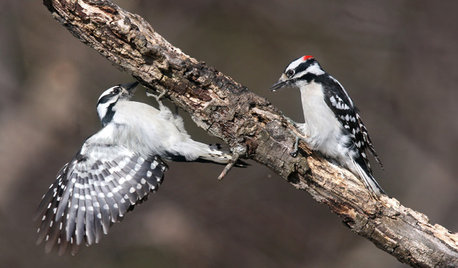
GARDENING FOR BIRDSBackyard Birds: How to Identify Two Common Woodpeckers
Downy and hairy woodpeckers have similar coloration and behavior. But there are two big differences that separate them
Full Story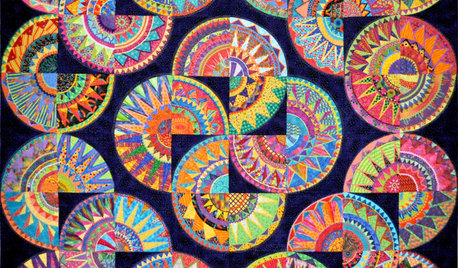
ARTShow News: Rare Quilts Get Museum Time
See 6 intricate designs from a California exhibition and get tips for building your own quilt collection
Full Story
HOUZZ TOURSRare Modernist Home Uncovered in Palm Springs
A custom home by modernist William Krisel gets restored and updated
Full Story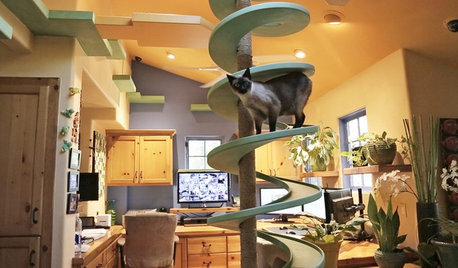
PETSIncredible Home Catwalks Make for Purr-fectly Happy Felines
Walkways and tunnels custom built to the tune of about $35,000 keep a homeowner’s 18 cats on cloud nine
Full Story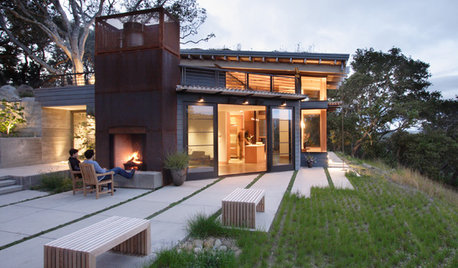
HOUZZ TOURSTwo Homes, Two Tributes to Dad
Father-son relationships shape the design of cherished family homes
Full Story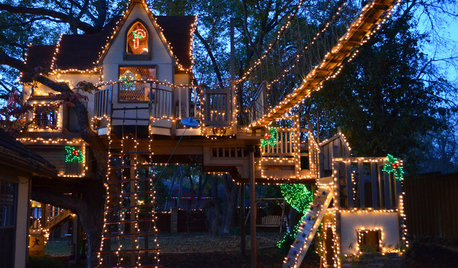
MOST POPULARA Magical Tree House Lights Up for Christmas
From the Most Popular file: An incredible tree house takes things up a notch for the holidays. See how it came to be
Full Story
LANDSCAPE DESIGNThe Unparalleled Power of Trees
Discover the beauty and magic of trees, and why a landscape without them just isn't the same
Full Story
FALL GARDENING6 Trees You'll Fall For
Don’t put down that spade! Autumn is the perfect time for planting these trees
Full Story
HOLIDAYSHow to Care for Your Christmas Tree
Keep your tree looking lush until the last ornament is packed away with these tips for watering, using stands and more
Full Story
More Discussions









clement_2006
pineresin
Related Professionals
Brentwood Landscape Architects & Landscape Designers · Norwood Landscape Contractors · Canby Landscape Contractors · Cudahy Landscape Contractors · East Haven Landscape Contractors · Firestone Landscape Contractors · Kerman Landscape Contractors · Los Banos Landscape Contractors · Metairie Landscape Contractors · Petaluma Landscape Contractors · Pleasant Grove Landscape Contractors · Vashon Landscape Contractors · Waipahu Landscape Contractors · Whittier Landscape Contractors · Hueytown Landscape Contractorswhaas_5a
monkeytreeboy15Original Author
clement_2006
monkeytreeboy15Original Author
clement_2006
monkeytreeboy15Original Author
pineresin
clement_2006
whaas_5a
monkeytreeboy15Original Author
gardener365
monkeytreeboy15Original Author